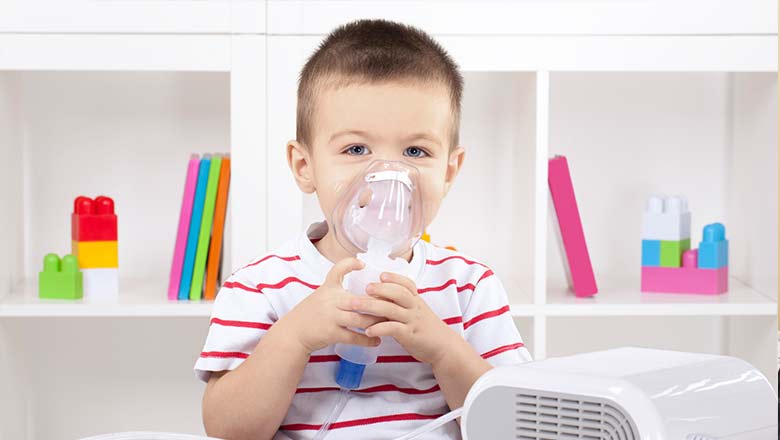Search
Research
Severity and persistence of asthma and mental health: a birth cohort studyThe goal of the current study was to investigate asthma and mental health among youth in the community.
Research
Regulatory role of IL10 genetic variations in determining allergen-induced TH2 cytokine responses in childrenInterleukin-10 is a key immunomodulatory cytokine the principal function of which is to limit the magnitude of immune response.
Research
Do early-life viral infections cause asthma?Epidemiologic associations between viral lower respiratory infections (LRIs) and asthma in later childhood are well known
Research
UV exposure and protection against allergic airways diseaseAsthma is a chronic inflammatory disease of the small and large conducting airway mucosa characterised by Th2 cell immunity.
Research
Toward improved prediction of risk for atopy and asthma among preschoolers: A prospective cohort studyAtopy and asthma are commonly initiated during early life, and there is increasing interest in the development of preventive treatments for at-risk children.
Research
Providing feedback on adherence increases use of preventive medication by asthmatic childrenThis study investigates the impact of measuring adherence and providing feedback on medication usage by children with unstable asthma.
Research
Toll-like receptor 2 ligands inhibit Th2 responses to mite allergenThere is intense interest in the interaction between microbial compounds and allergy.

Research
Finding the cellular explanation for recurrent asthma exacerbationsThis study is designed to identify the specific unique immune cell response that occurs in these children with recurrent disease.
Research
Bronchodilator responsiveness in children with asthma is not influenced by spacer device selectionSpacer device was not associated with clinically important differences in lung function following bronchodilator inhalation in children with asthma
Research
Epigenome-wide meta-analysis of DNA methylation and childhood asthmaNovel loci differentially methylated in newborns represent potential biomarkers of risk of asthma by school age
